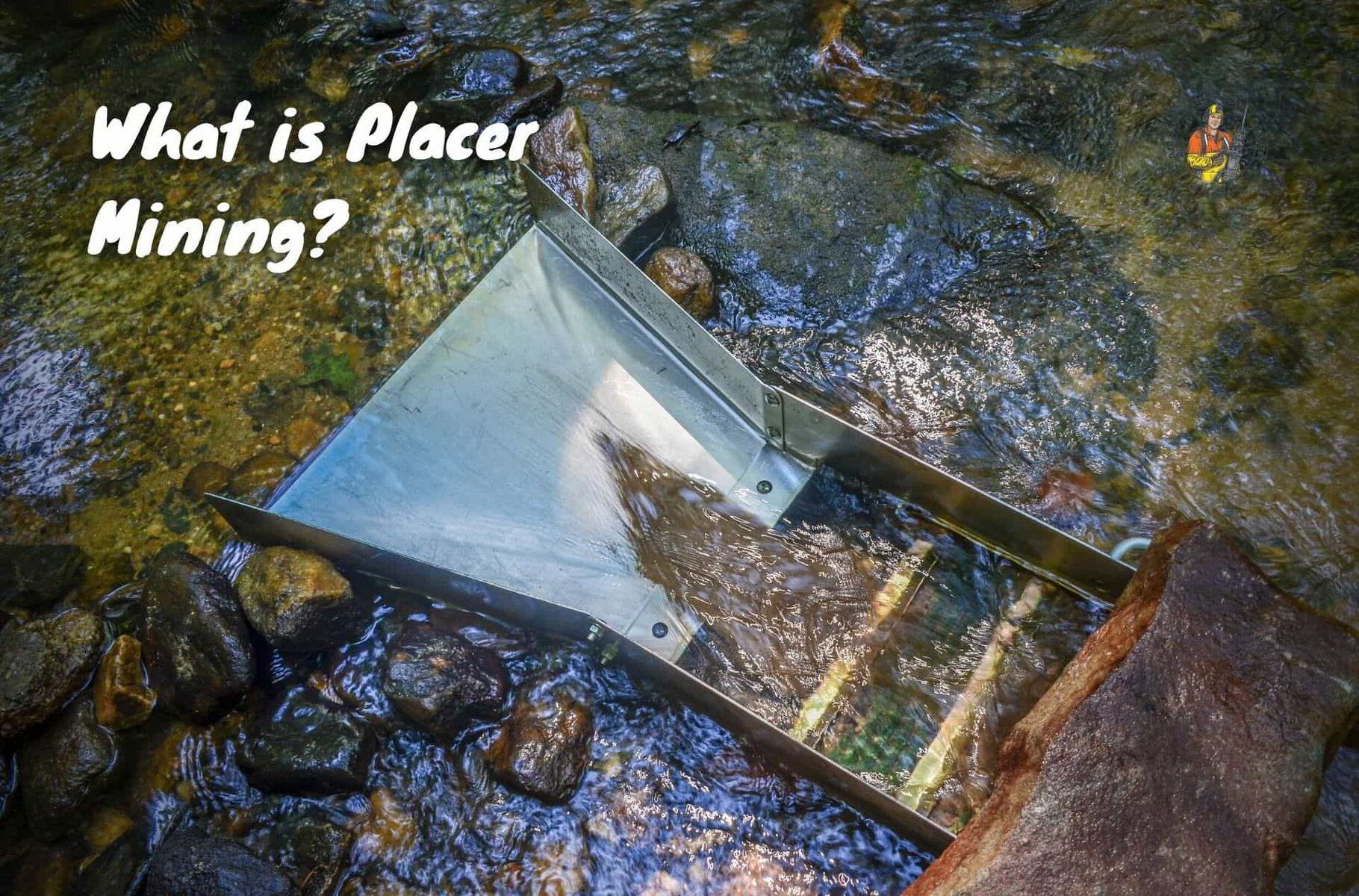Placer mining is a type of surface mining that involves extracting valuable minerals, such as gold, from gravel or sand deposits. These deposits, known as placers, are formed when water currents erode rocks and carry the minerals downstream, where they settle in areas with slower currents.
How Placer Mining Works
Placer mining typically involves the following steps:
- Prospecting: Identifying potential placer deposits using geological maps, historical records, or personal knowledge.
- Extraction: Using tools like shovels, pans, or sluices to separate the valuable minerals from the gravel or sand.
- Processing: Further processing the extracted minerals, such as smelting gold to refine it.
Tools Used in Placer Mining
- Pan: A metal dish with a shallow bowl and a lip, used to separate gold from other materials.
- Sluice: A long, trough-shaped device with riffles that trap heavy minerals like gold.
- Nozzle: A device used to create a powerful jet of water to wash away lighter materials.
- Dredge: A machine that can be used to excavate large amounts of gravel and sand.
History of Placer Mining
Placer mining has been practiced for thousands of years, dating back to ancient civilizations. It was particularly important during the Gold Rush era in the 19th century, when thousands of people flocked to areas like California and Alaska in search of gold.
Environmental Impact
Placer mining can have a significant environmental impact, including:
- Sedimentation: The removal of gravel and sand can lead to increased sedimentation in waterways, affecting aquatic ecosystems.
- Water Pollution: The use of chemicals to extract minerals can contaminate water sources.
- Land Degradation: Placer mining can cause erosion and land degradation.
While placer mining can be a profitable activity, it is essential to consider the environmental consequences and follow responsible mining practices.
